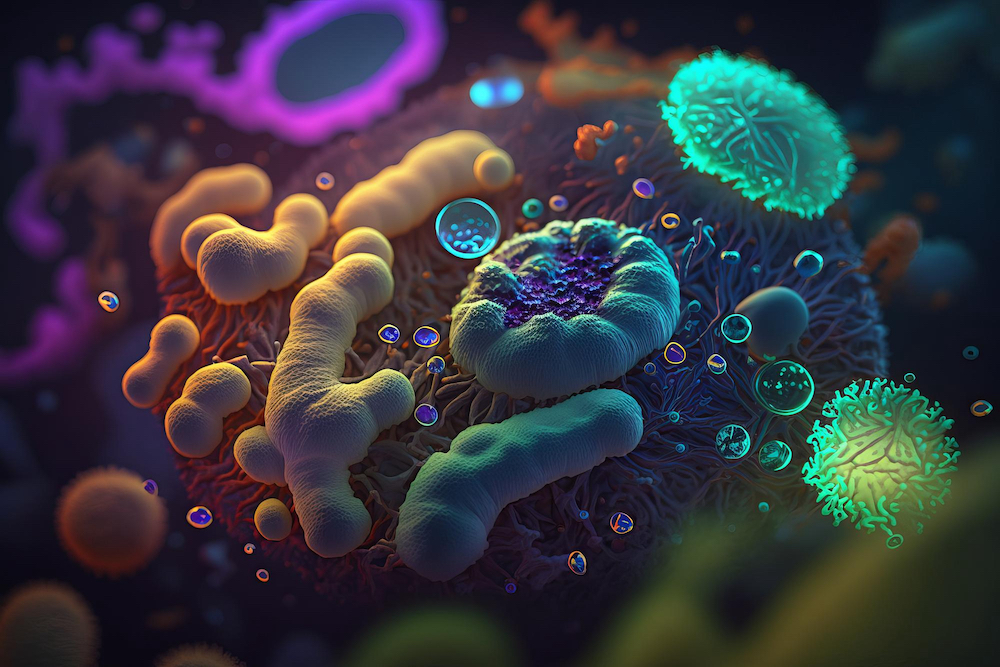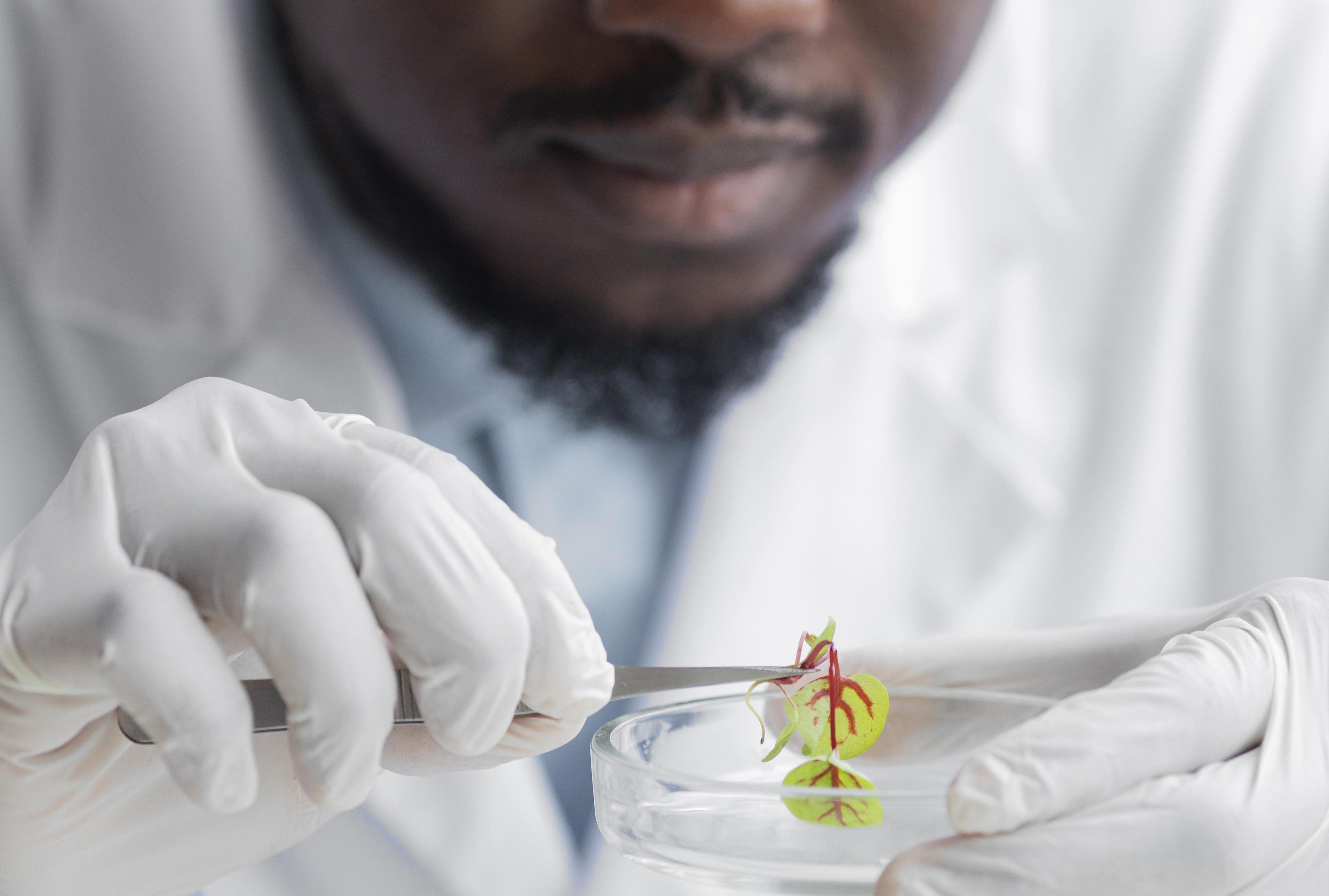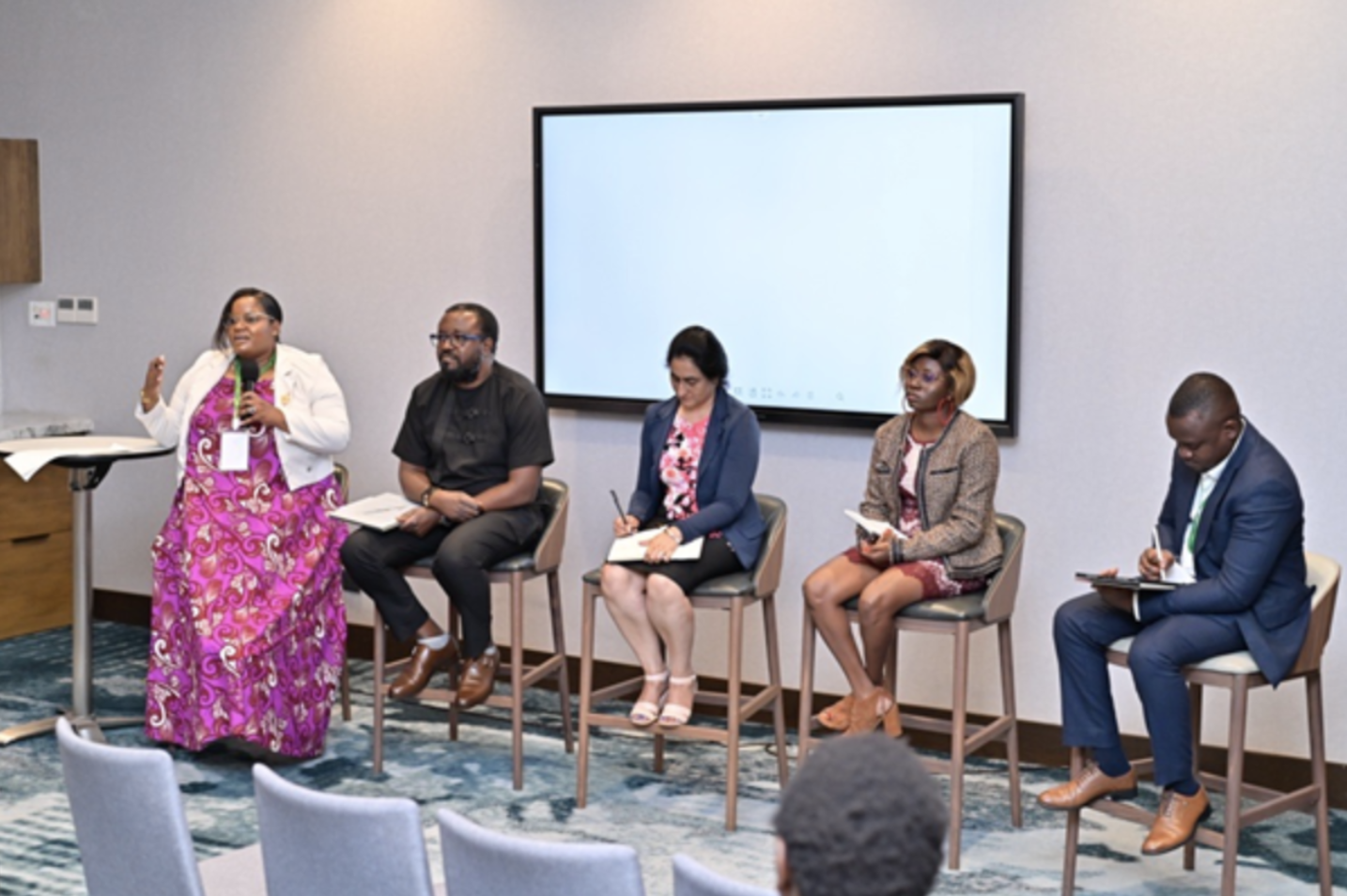
Impact Stories
Discovering new treatments to fight infectious diseases and resistance
Monday, July 17, 2023

By Erick Strauss
Background
Antimicrobial resistance (AMR) is a rising problem globally, with a study estimating that in 2019, 1.3 million deaths were attributed to antimicrobial-resistant bacterial infections globally. The burden is highest in Africa, with 24 deaths per 100,000 attributable to AMR. Erick Strauss and his team in the Department of Biochemistry at Stellenbosch University in South Africa study the development of new antimicrobial agents, especially those that address the need for new treatments to counter the increasing frequency of infections by bacteria that do not respond to drugs in current clinical use.
Approach
In pursuit of the goal of finding new agents for the treatment of AMR infections, the Strauss group turned to the human body’s own defences against infection -in particular the white blood cells which often act as the first line of attack when a disease-causing bacterium enters the body.
Previous studies have showed that the bacterium Staphylococcus aureus, an organism known to cause secondary infections in patients being treated in hospitals, have apparently developed a special defence mechanism to protect itself from being destroyed by white blood cells, allowing infection to continue. We reasoned that if we could understand how these bacterial defence mechanisms work, and devise a way to neutralise them, it would allow the body to clear infections in a natural way, thereby reducing the need for antibiotics, and the associated risk of antibiotic resistance developing.
The Grand Challenges Africa grant allowed deeper investigation into this mechanism. The team characterized the main culprit a protein that allowed the bacteria to ward off the chemical attacks used by the white blood cells to kill them. In collaboration with a team at Diamond Light Source (DLS) in Oxford, UK, the team was able to find chemical structures that bind to this critical protein, and which could be used as a starting point for the development of a compound that inhibits the activity of the protein. This could eventually lead to a new drug that can be used in the treatment of Staphylococal infections.
Postdoctoral Fellows Drs. Anton Hamann and Blake Balcomb led this initiative initially. They prepared big batches of the protein, and used specialised equipment that allowed them to create crystal versions of it. These crystals were then introduced to the XChem workflow at DLS in Oxford, which allows for many crystals to be screened and tested to find new chemical structures that bind to them. While the workflow is semi-automated, it still requires human intervention at certain points. One of these is the “fishing” of the tiny protein crystals to allow them to be analysed. Since they are so small, this can only be done while looking through a microscope. Anton’s remark of the experience was that “it made me feel like I was going cross-eyed by the time I fished a few hundred crystals!”
Lessons
The team, now led by Postdoctoral Fellows Drs. Konrad Mostert and Asslly Mafaune, is currently in the second phase of their work. The results of those first screens allowed for bigger molecules to be designed and prepared, and these are now being characterised to establish if their binding is improved as intended.
This work has been a collaboration of Prof. Strauss and his group and scientists at the XChem facility at DLS, including its principal lead, Prof. Frank von Delft. The XChem group provided continued support and training to the postdocs on the team. We look forward to working with them on the next stage as we finalize the characterization of our best binders – both first and second tier hits identified. Through this partnership, we have been successful in breaking down many of the barriers that prevent institutions in Africa from initiating and sustaining their own drug discovery projects. Only by our African research groups taking the lead ourselves will we be able to address the many needs of African citizens related to AMR infections.
About the Author
Erick is a grantee of the Grand Challenges Africa Programme at the SFA Foundation. His research focuses on developing new antimicrobial agents to counter the prevalence of drug resistant infections.
The SFA Foundation’s Grand Challenges Africa (GC Africa) programme seeks to promote Africa-led scientific innovations to help countries better achieve the Sustainable Development Goals by awarding seed and scale-up grants to the continent’s most impressive solutions.
Read more about his work: https://gcgh.grandchallenges.org/grant/countering-anti-microbial-resistance-through-chemical-manipulation-pathogen-host-interaction



